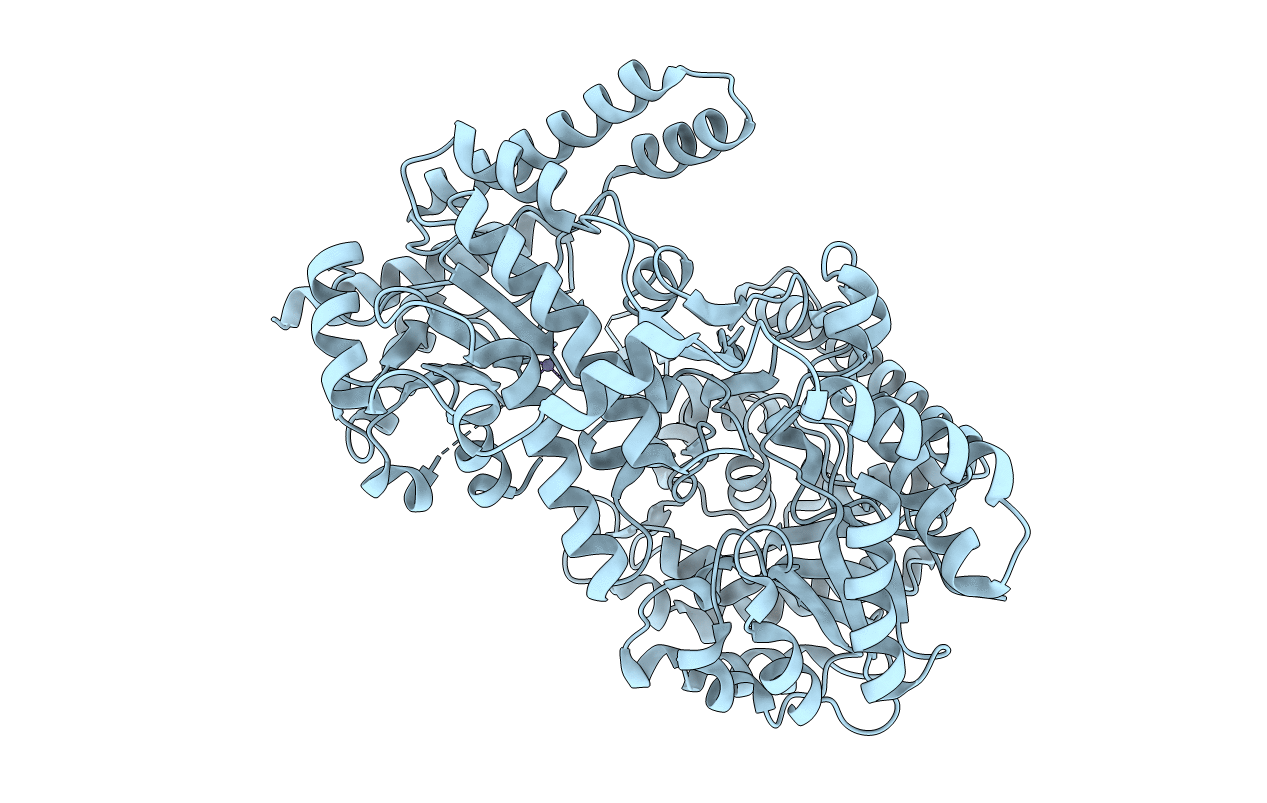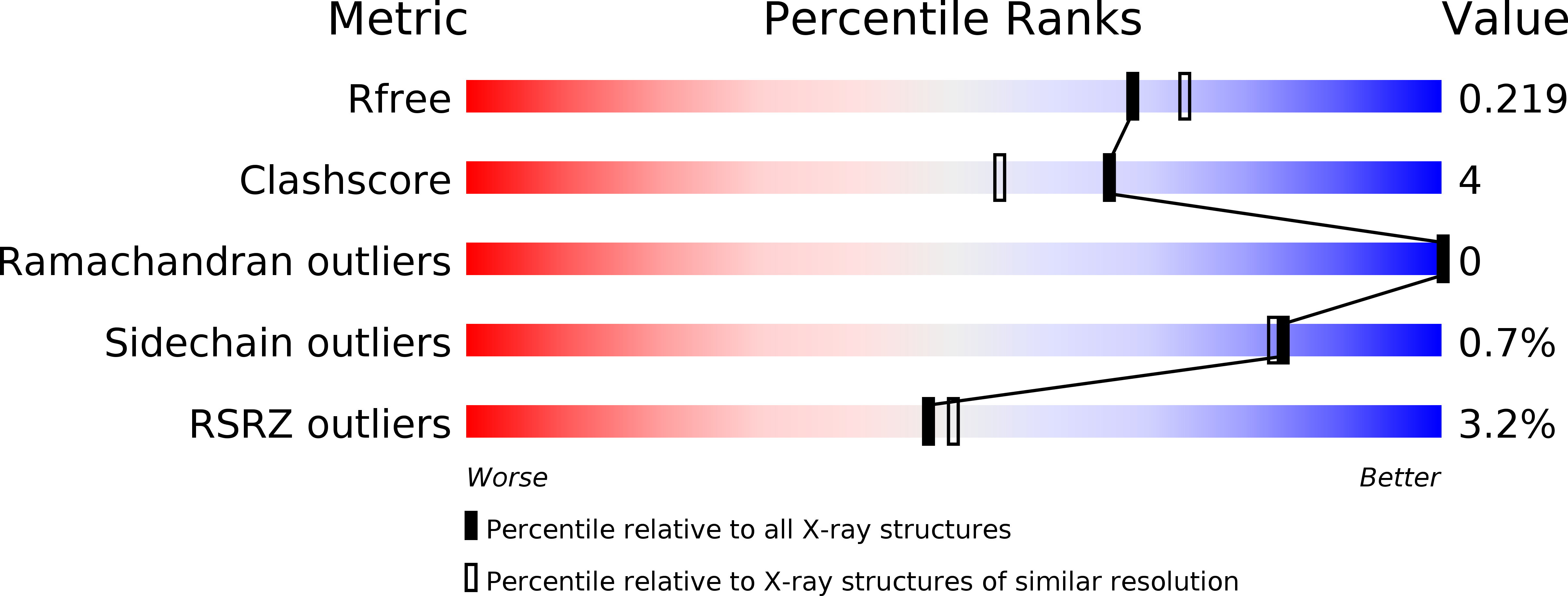
Deposition Date
2010-11-24
Release Date
2011-10-12
Last Version Date
2023-09-06
Entry Detail
PDB ID:
3PPG
Keywords:
Title:
Crystal structure of the Candida albicans methionine synthase by surface entropy reduction, alanine variant with zinc
Biological Source:
Source Organism:
Candida albicans (Taxon ID: 5476)
Host Organism:
Method Details:
Experimental Method:
Resolution:
1.98 Å
R-Value Free:
0.22
R-Value Work:
0.17
R-Value Observed:
0.18
Space Group:
P 21 21 21


